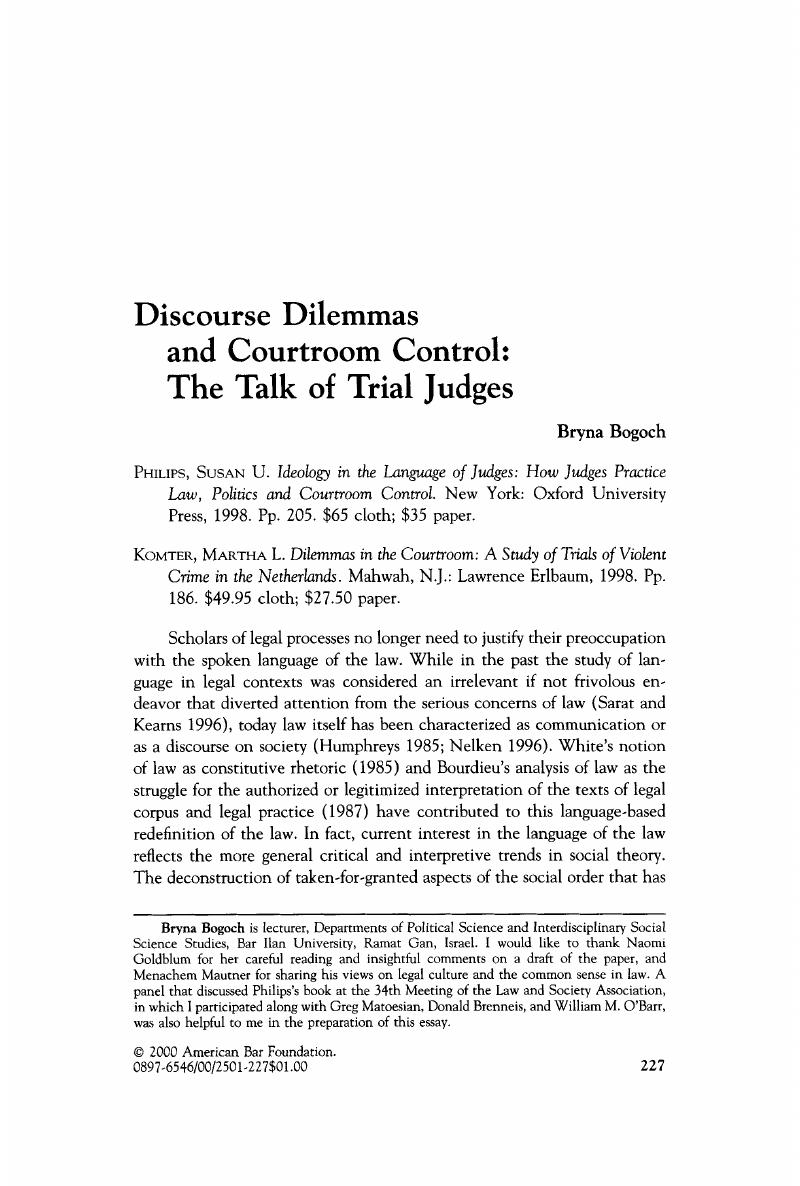Crossref Citations
This article has been cited by the following publications. This list is generated based on data provided by Crossref.
Scheffer, Thomas
2003.
The Duality of Mobilisation—Following the Rise and Fall of an Alibi‐Story on its Way to Court1.
Journal for the Theory of Social Behaviour,
Vol. 33,
Issue. 3,
p.
313.
Scheffer, Thomas
Hannken-Illjes, Kati
and
Kozin, Alexander
2009.
How Courts Know.
Space and Culture,
Vol. 12,
Issue. 2,
p.
183.
Yang, Min
and
Lin, Ye
2025.
A Comparative Analysis of Moral Discourse in Chinese and American Courtrooms.
SAGE Open,
Vol. 15,
Issue. 1,



